Lifting, handling, and preserving tulip bulbs is essential to ensure their health and successful replanting for the next growing season. Here’s a guide on how to properly lift, handle, and preserve tulip bulbs:
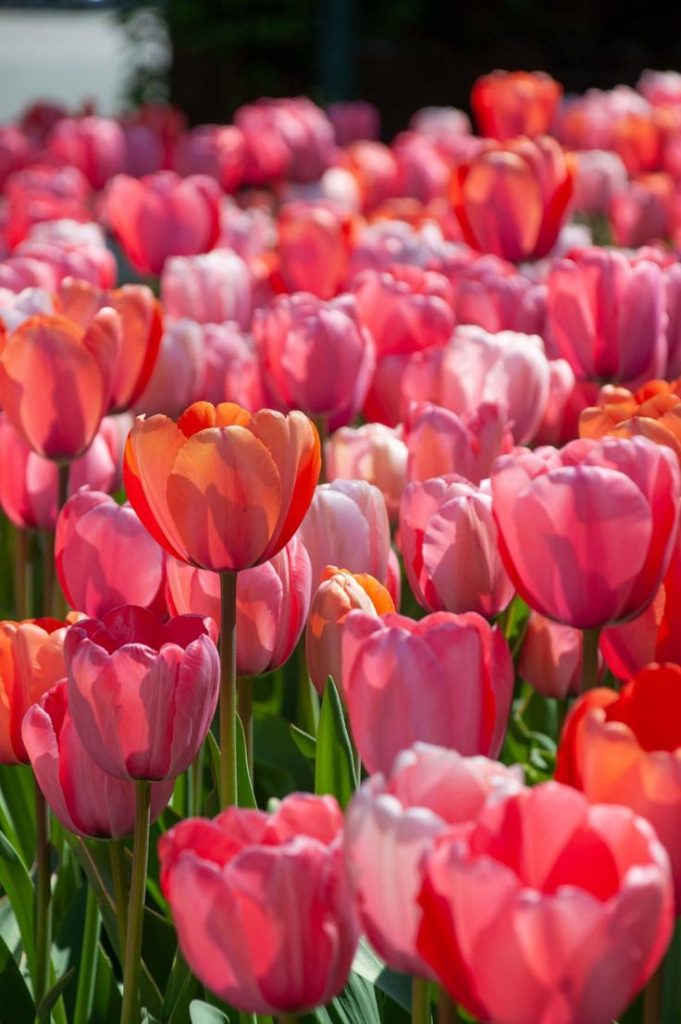
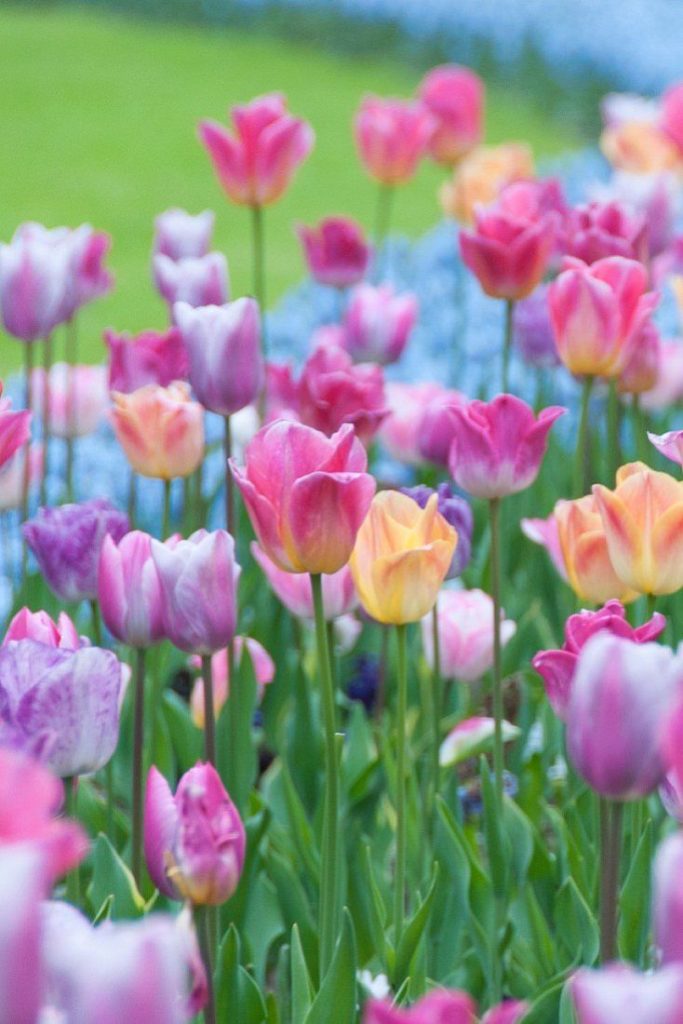
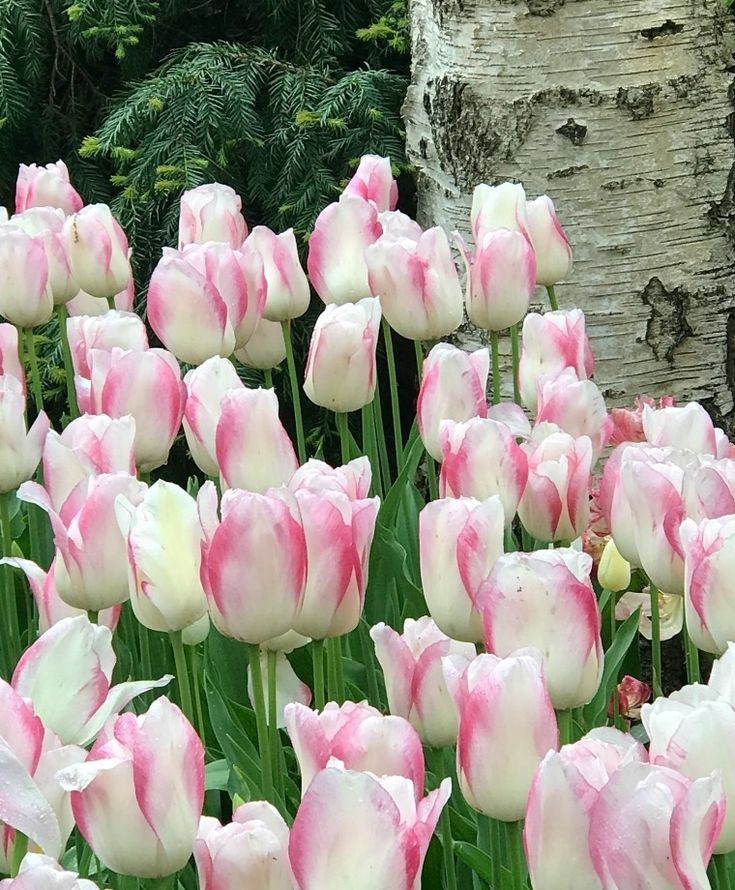
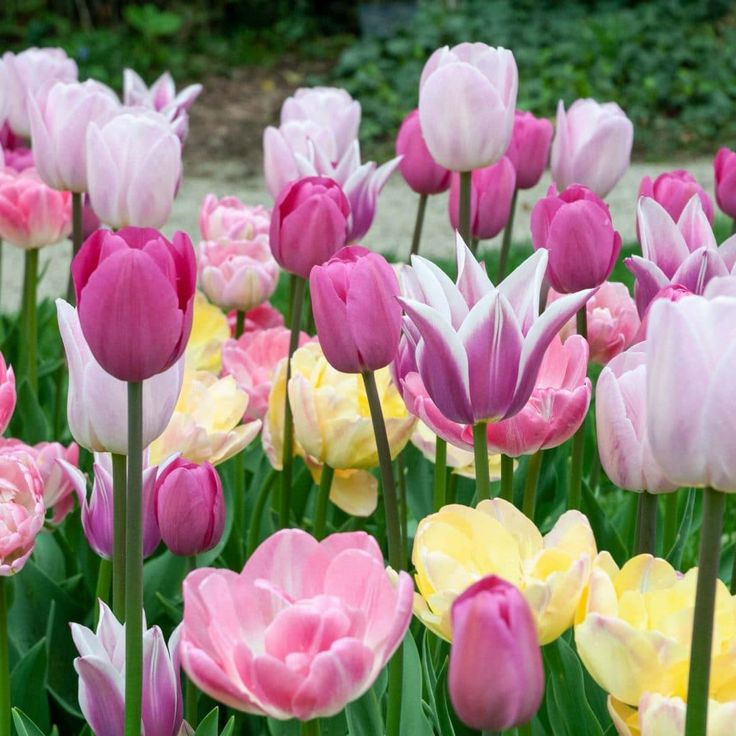
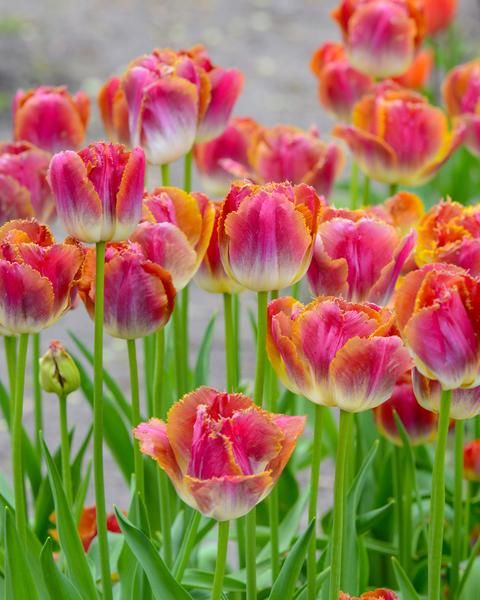
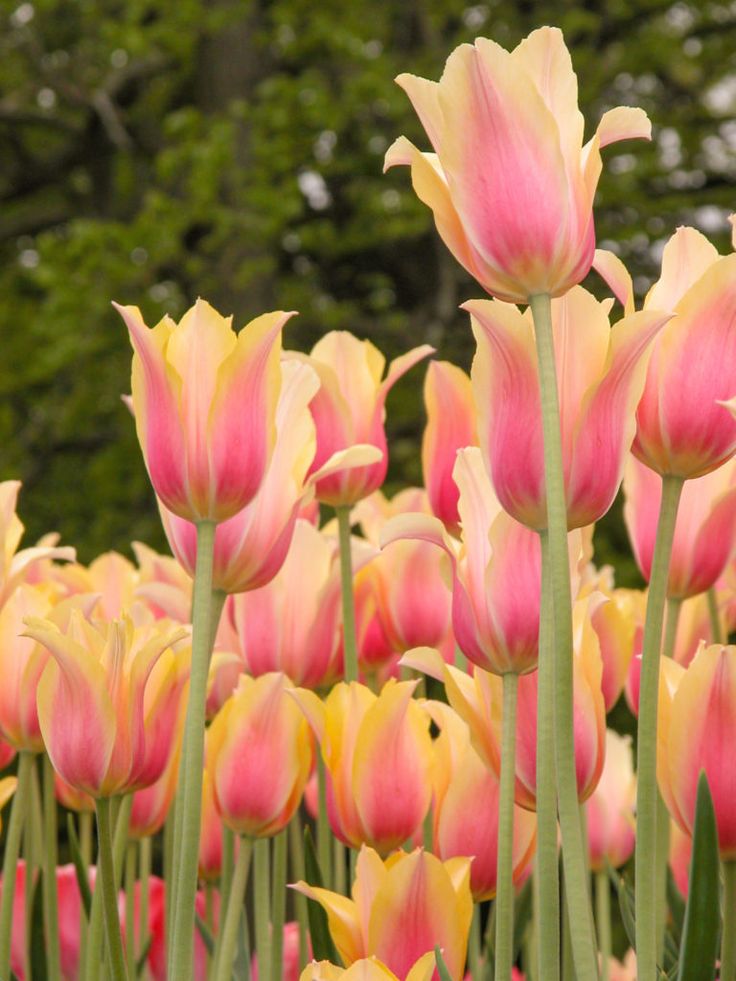
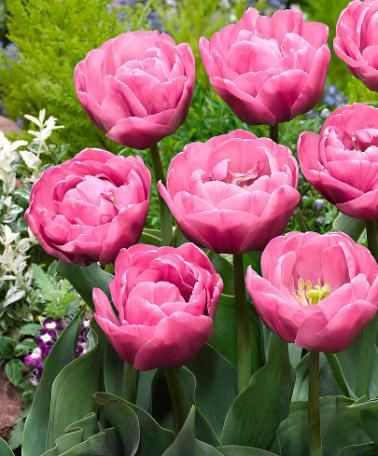
Lifting Tulip Bulbs:
- Timing: Wait until the foliage turns yellow or brown and starts to wither before lifting the bulbs. This typically occurs after the tulips have finished flowering, usually in late spring or early summer.
- Prepare the Area: Use a garden fork or trowel to carefully lift the bulbs from the ground. Gently loosen the soil around the bulbs to avoid damaging them.
- Lift Carefully: Lift the bulbs by grasping the foliage near the base and gently pulling the bulbs out of the ground. Be cautious not to break or damage the bulbs.
Handling Tulip Bulbs:
- Cleaning: Remove excess soil from the bulbs by gently shaking or lightly brushing them. Avoid washing the bulbs as excess moisture can lead to rotting.
- Remove Foliage: Trim off the foliage (stems and leaves) to about 1-2 inches above the bulb. This helps the bulb conserve energy for next year’s growth.
- Inspect for Damage or Disease: Discard any bulbs that appear damaged, soft, or show signs of disease to prevent spreading issues to other bulbs.
Preserving Tulip Bulbs:
- Drying: Allow the bulbs to dry completely in a well-ventilated area, away from direct sunlight. This process helps prevent rotting and fungal infections.
- Storage: Store the bulbs in a cool, dry, and well-ventilated place. Use paper bags, mesh bags, or shallow boxes filled with dry peat moss or sawdust to keep the bulbs. Avoid storing them in sealed plastic bags, as this can encourage moisture retention and mold growth.
- Temperature: Keep the storage area at a consistent temperature between 50°F to 60°F (10°C to 15°C). Avoid storing bulbs in areas prone to extreme temperatures or humidity fluctuations.
- Check Periodically: Periodically check the bulbs during storage for signs of rot or disease. Remove any bulbs showing signs of decay to prevent it from spreading.
Properly lifting, handling, and preserving tulip bulbs after they finish flowering is crucial for their health and successful replanting in the following season. With adequate care and storage, the bulbs can be preserved and ready for planting when the next growing season arrives.





